What is Angioplasty?
Is it a heart attack?
Pressure, squeezing, tightness in the chest. Is it a heart attack? When you come to the hospital with chest pain, there are several tests doctors and technicians use, and a specific protocol they follow to help diagnose what’s happening. The team in the emergency department will examine you, try to make you comfortable and then treat the problem.
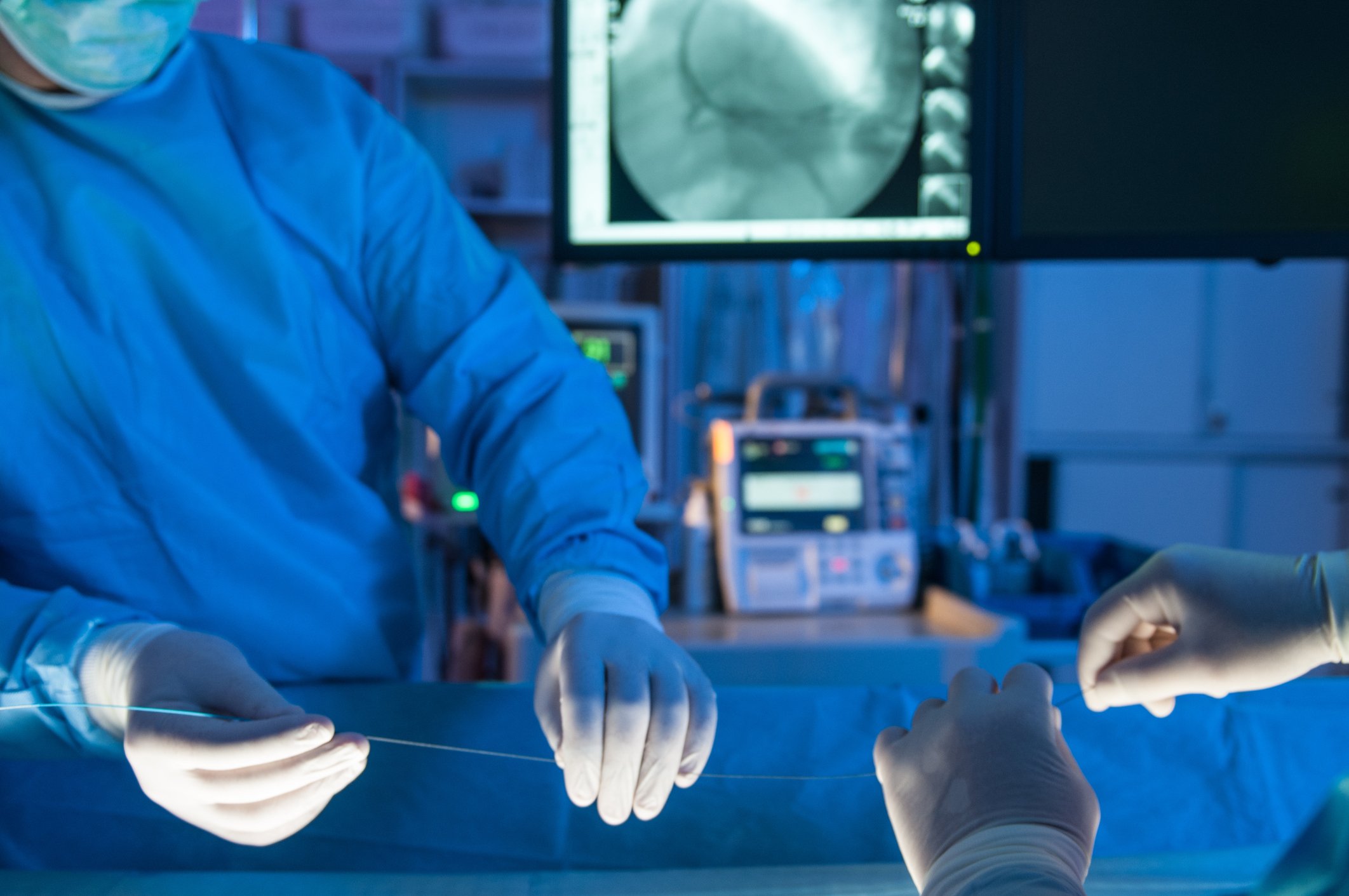
An electrocardiogram
First, they’ll do an EKG to help the medical team determine whether the chest pain is a sign of a serious illness. They’ll also likely do blood tests and give you medications. They may send you off for a stress test to find out how your heart works during physical activity, or order a coronary CT to look at the arteries supplying blood to your heart. Everything the doctors and nurses do for you while in the emergency department helps tell them if the heart has been damaged, if there is a blockage or if the pain is being caused by other factors.
When doctors have a better idea of what is causing the pain, and they think heart disease is the reason, the team in the catheterization laboratory (Cath Lab) will be notified to help further diagnose what’s wrong. They’ll help by using imaging equipment to see the arteries and chambers of the heart and will try to treat any abnormalities or blockages. One of the most commonly used procedures is called a PCI (Percutaneous Coronary Intervention) or angioplasty.
What is angioplasty?
Angioplasty is a lifesaving procedure to help open clogged arteries. Often caused by plaque buildup, the blockage can be repaired in the Cath Lab using a combination of wires, guides, balloons and stents inserted into a main artery which can improve blood flow and may be able to reduce the amount of damage done to the heart.
During a PCI or angioplasty, the Cath Lab team places catheters, wires and mesh tubes into the arteries to open them and ensure blood can flow through them. Placing a stent, or support, in a coronary artery using an expandable balloon can open a closed or clogged artery and may even reduce the likelihood of another heart attack.
The procedure takes only 30-45 minutes in the Cath Lab. To begin, you will be moderately sedated and able to respond to questions but relaxed and sleepy while vital signs are being monitored.
Steps of an angioplasty
-
The right radial artery is numbed and a needle and small wire are inserted.
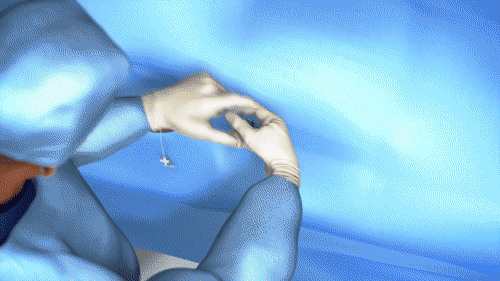
-
A guide wire/sheath is placed into the artery.

-
Through the sheath, a “J” tipped wire is inserted. It’s flexible so that it won’t damage the artery as it moves toward the heart.
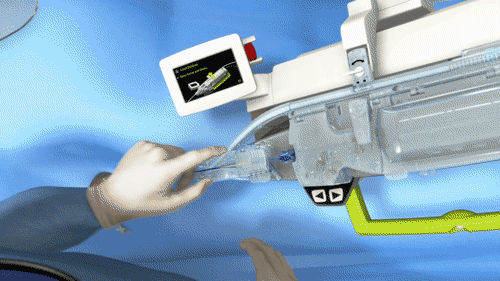
-
With the “J” wire in place, the doctor will look at both sides of the heart under a large X-ray camera by injecting a contrast dye to see if there is a blockage.

-
If there is a blockage and it’s suitable for PCI, they begin the intervention.
-
The sheath stays in place and catheters are exchanged.
-
A long “J” wire sent is inserted into the artery.

-
The guide catheter is inserted.

-
The interventional wire goes into the vessel. This wire will be used as a rail to guide the balloon stent.
-
The stent is mounted on the balloon and travels down the wire guide to the clogged artery.
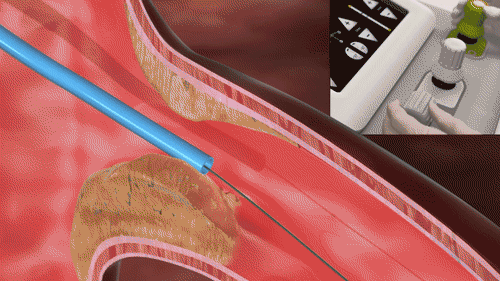
-
The balloon gets inflated to make space for the stent, which is placed against the walls of the artery.
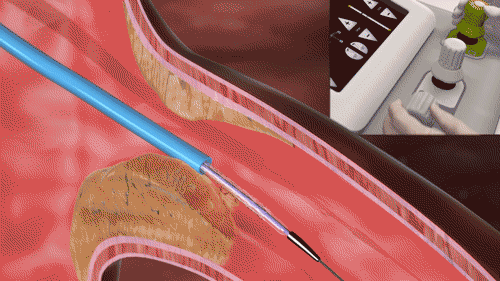
-
The balloon is deflated and removed.
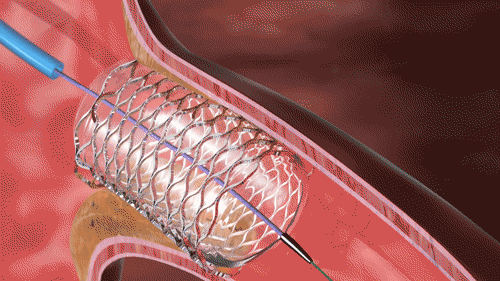
-
When blood flow is restored, the wires and catheters are removed, and the procedure is complete.
Before and after angioplasty
An artery before angioplasty

An artery after angioplasty
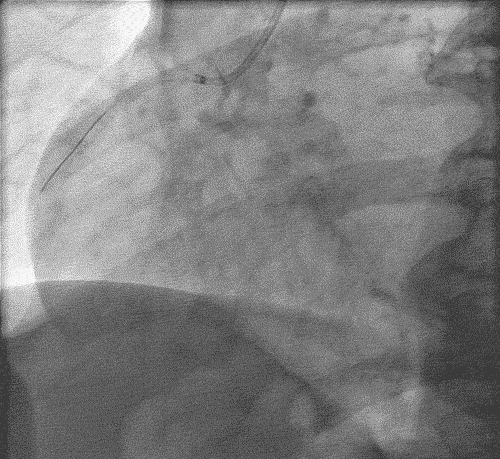
After the angioplasty
Sometimes opening the blockage may recreate the chest pressure and pain that first brought you to the hospital, but it’s a temporary sensation and serves as a sign that the clinical team has found the blockage. Angioplasty and PCIs can greatly improve your quality of life. Depending on the severity of the heart attack and how quickly you received treatment, you may be able to go home two to four days later.
GIFs are provided courtesy of Corindus Vascular Robotics and the Cardiac Cath Lab at Chesapeake Regional Medical Center. Corindus Vascular Robotics brings robotic precision to interventional procedures through the CorPath® GRX Vascular Robotic System. The CorPath GRX system is found exclusively in Hampton Roads at Chesapeake Regional Medical Center, the first hospital in the world to adopt vascular robotic systems in all vascular intervention treatment rooms.
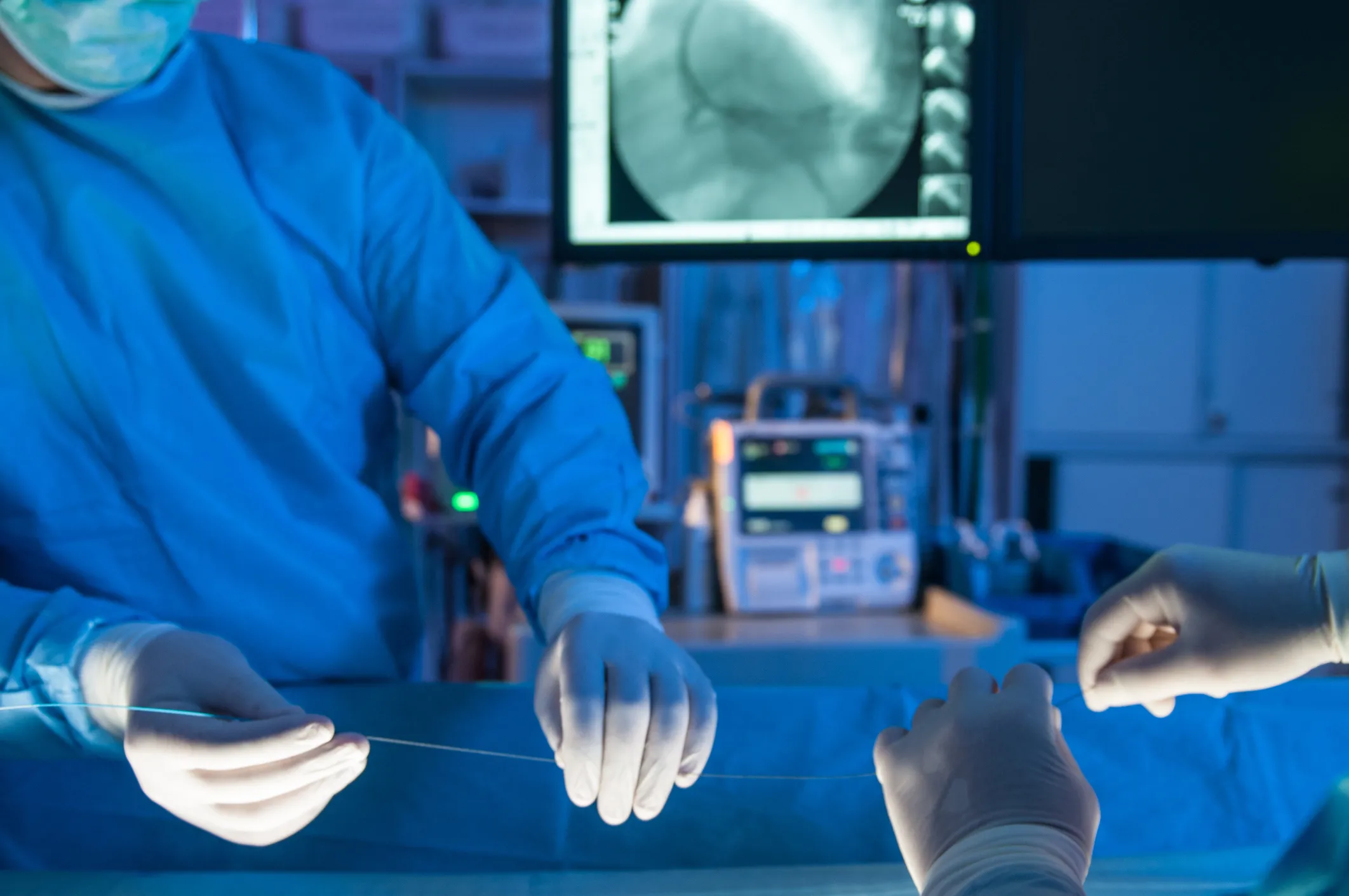
Dustin Harley, R.N. is the Cardiovascular Manager in the Cardiac Cath Lab at Chesapeake Regional Medical Center.